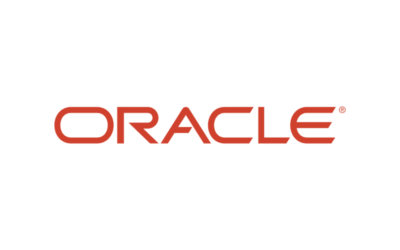IoT and Automation
Autonomous mobile industrial robots are a great example of a rapidly evolving “connectivity” technology that is a great starting point for broader industrial internet of things (IIoT) initiatives. Technological innovations have always been game changers in manufacturing. From the introduction of steam power in the Industrial Revolution to the dawn of Industry 4.0 in recent years, the race to find the fastest and most efficient way to manufacture products is never-ending. Companies simply can’t afford to rely on outdated methods, even if they were “new” last year.
A recent Forbes article suggests just a few of the ways IoT can be used to improve all aspects of the manufacturing process:
“Employees can focus on their strengths, which is labor, while connected algorithms in the background can monitor equipment, improve workflow efficiency, provide safe-checks in place in case of equipment failure, early maintenance checks, and much more. Robotics, 3D printing, augmented reality, collaboration between machines and plants and much more.”
In a recent Deloitte article, they report that the majority of Industry 4.0 and digitization efforts are currently focused on improving productivity and helping the organization meet operational goals. See the results of their survey here.
“To be sure, starting the shift to Industry 4.0 with improving current processes is a sound approach, and can create a firm foundation for future innovations. Moreover, doing so can illuminate key opportunities for innovation, by creating a clear map of what the organization currently does, highlighting adjacencies, and thus creating an informed, more targeted path for innovation.”
IoT Built-In
Companies already leveraging IoT may be unaware of the breadth of options available to them in today’s Industry 4.0 environment. From online connectivity to machines and hardware to remote monitoring and sharing of equipment data to the power of cloud computing, big data and even machine learning.
Take Aethon’s manufacturing solutions, for example, which utilize multiple facets of IoT. Our mobile robots have multiple independent, but also related modes of operation which individually as well as collectively call upon and utilize IoT technology:
- The mobile robots are independent devices with their own sensors and on board intelligence.
- They have open integration capabilities allowing other devices to be mounted and work in conjunction with the TUG as a mobile platform.
- They are inter-related devices which operate as part of their own network and larger coordinated fleet.
- Each robot represents an end-point which can be managed and monitored. We have a variety of tools to perform these management tasks – but they all connect to the robots. One unique offering is our ability to manage the robots remotely through the cloud.
- Materials loaded and delivered can be secured and tracked. Specific models support the tracking of items at the points of loading and unloading. In addition, those models enforce secure and traceable access.
- They are integrated into the environment as a part of the production process. Our LogicOS solution provides real-time communication with standard PLC systems allowing the machines to communicate directly.


“smart manufacturing will need to transform factories from islands of automated machines to an integrated process that can be measured through improved productivity, thus, decreasing wastage and reducing operational cost.
They also point out that although more machine OEMs are rolling out their own machine monitoring software, these platforms are focused on monitoring the machine and not the process. When the utilization issue is caused by equipment upstream from the monitored machine, the information gathered is of little value. The process stays reactive rather than proactive – thus it’s important to monitor the machines and the process they are automating.
IoT and Mobile Robots
Connecting these islands of automation can reduce production costs by up to 75 percent. Aethon offers a robust, proactive solution through IoT-enabled mobile robotic automation:
- TUG autonomous mobile robots (AMRs) can deliver materials while autonomously navigating tight assembly lines and can adapt to the crowded facility using awareness of its environment.
- TUG AMRs can automatically detect and pickup carts which avoids the cart-tending labor that would be required without this on board intelligence.
- Robots can be managed locally or remotely. Our cloud command center is an algorithm-driven monitoring solution that allows us to proactively support hundreds of robots at customers worldwide.
- Integration to ERP/MES systems allows automatic dispatch and real-time material movement updates. TUG also can respond to real-time requests from the production line through integration with PLC controllers.
- TUG communicates with IT systems to automate the dispatching of the robot fleet and update the inventory system when materials are moved.
- LogicOS™ provides open integration to TUG operations, real-time interaction to synchronize material flow with equipment and the ability to integrate TUG equipment with the HMI.
Process Automation
IoT and Industry 4.0 can’t be viewed as a single destination or a capacity that is ever “achieved” in total. Instead, they represent a way of thinking that embraces the use of technology to increase manufacturing efficiency and productivity. IoT is becoming built-in to the automation technology rather than added-on after the fact. Continual pursuit of a common mechanism for machines to interact with their environment – human and not – are the key to creating opportunities for real-time control, coordination and communication.




